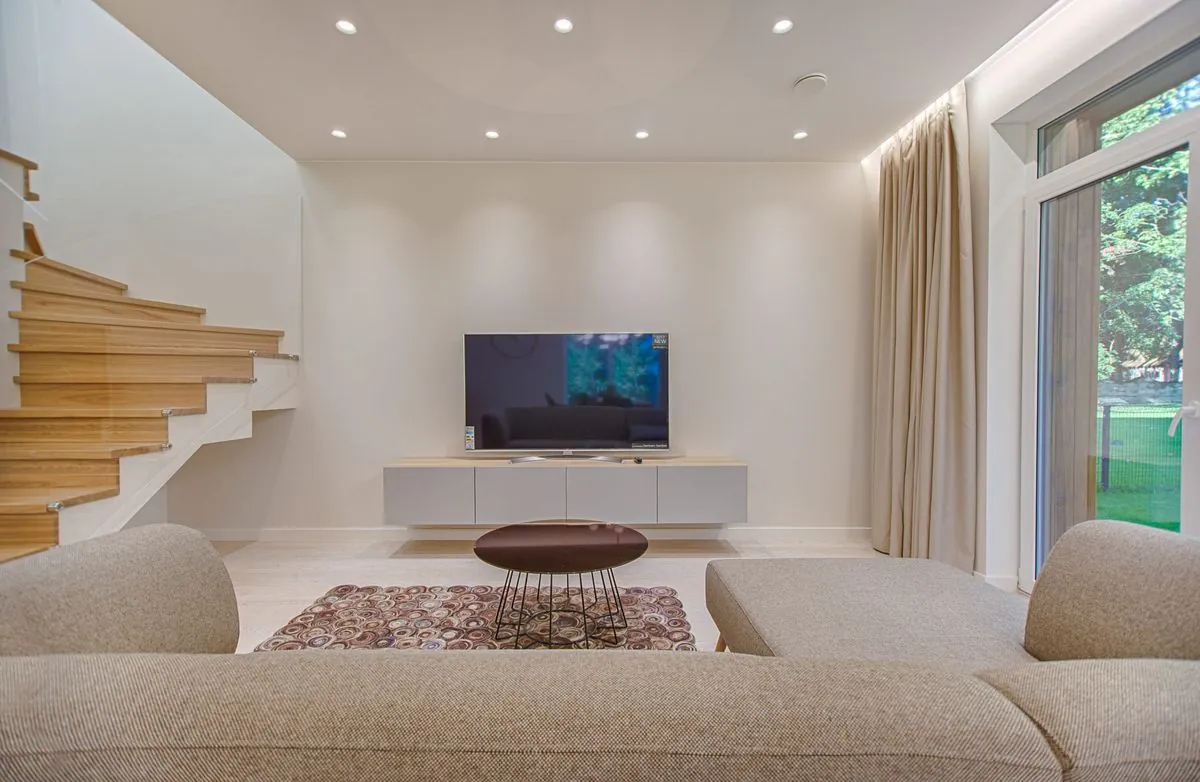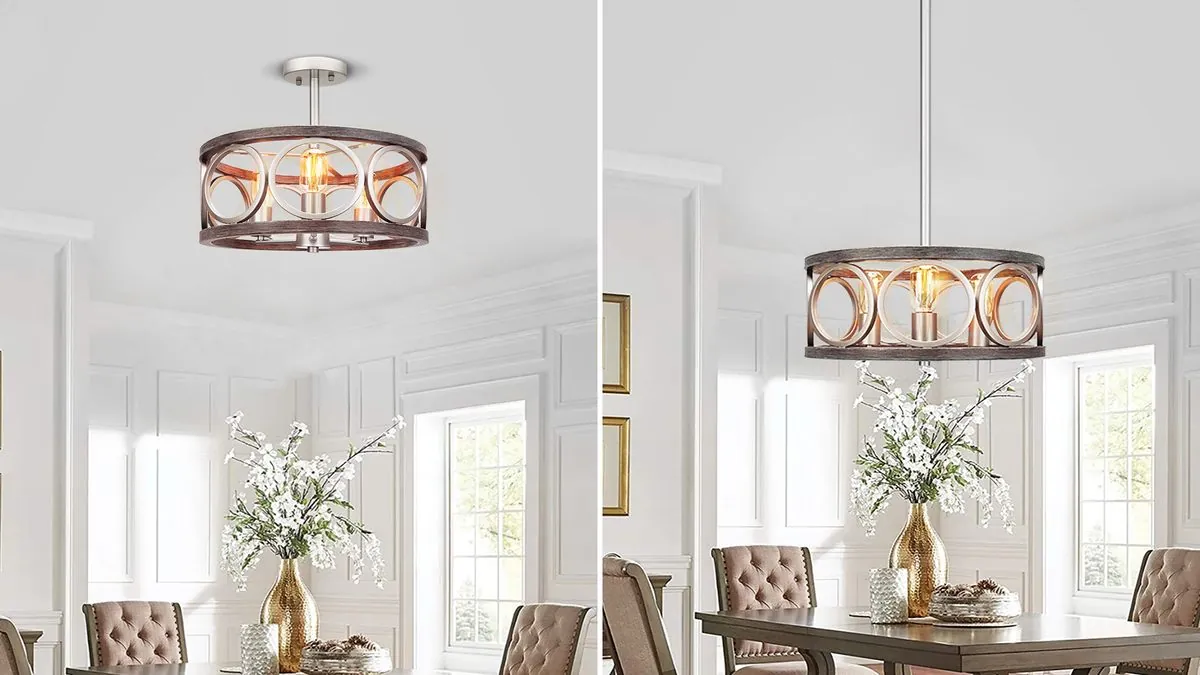The Ubiquitous 'Boob Light': A Century-Old Fixture's Enduring Presence
Flush-mount dome lights, nicknamed "boob lights," have a long history dating back to the 1890s. Despite widespread dislike, these fixtures remain common due to their low cost and functional benefits.

The flush-mount dome light, commonly known as the "boob light," has been a fixture in American homes for over a century. Despite its longevity, this lighting option often faces criticism for its appearance.
Contrary to popular belief, the flush-mount dome light's origins date back to the late 1890s, coinciding with the electrification of American homes. These fixtures have evolved over time, with variations including Tiffany glass versions and high-end designer models selling for hundreds of dollars.
The prevalence of standard "boob lights" in homes and apartments is primarily due to their cost-effectiveness and practicality. Builders and landlords favor these fixtures for several reasons:
- Low price point
- Bulk availability
- Suitability for low ceilings
- Light diffusion properties
Katherine Thewlis, owner of Hausmatter Interiors, notes that removing these fixtures is often a priority for her clients. However, Heather Mastrangeli, an interior designer with Innovatus Design, acknowledges their functional benefits while suggesting room for improvement.
For those seeking alternatives, several options exist:
- Replacement with decorative fixtures
- DIY covering solutions
- Specialized covers from companies like Tulip

When considering DIY alternatives, safety is paramount. Sandy Isenstadt, professor of modern architecture at the University of Delaware, cautions against placing flammable materials near heat-generating bulbs.
"These overhead lights just don't make you feel good in the space."
While the "boob light" may not win any design awards, its enduring presence in American homes is a testament to its functionality and cost-effectiveness. As lighting technology continues to evolve, new alternatives may eventually replace this century-old fixture.


































